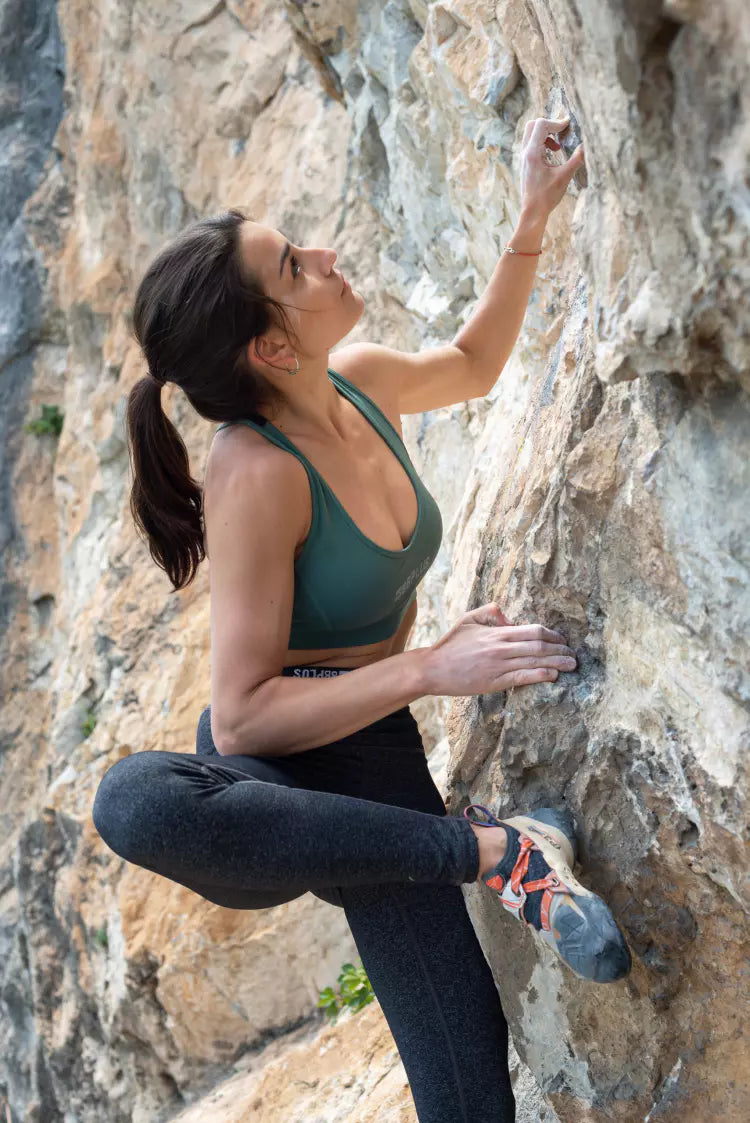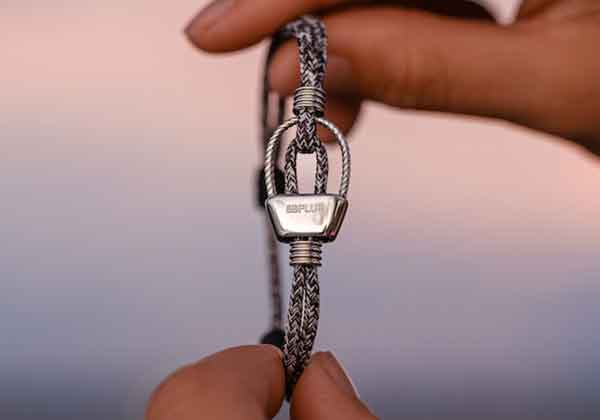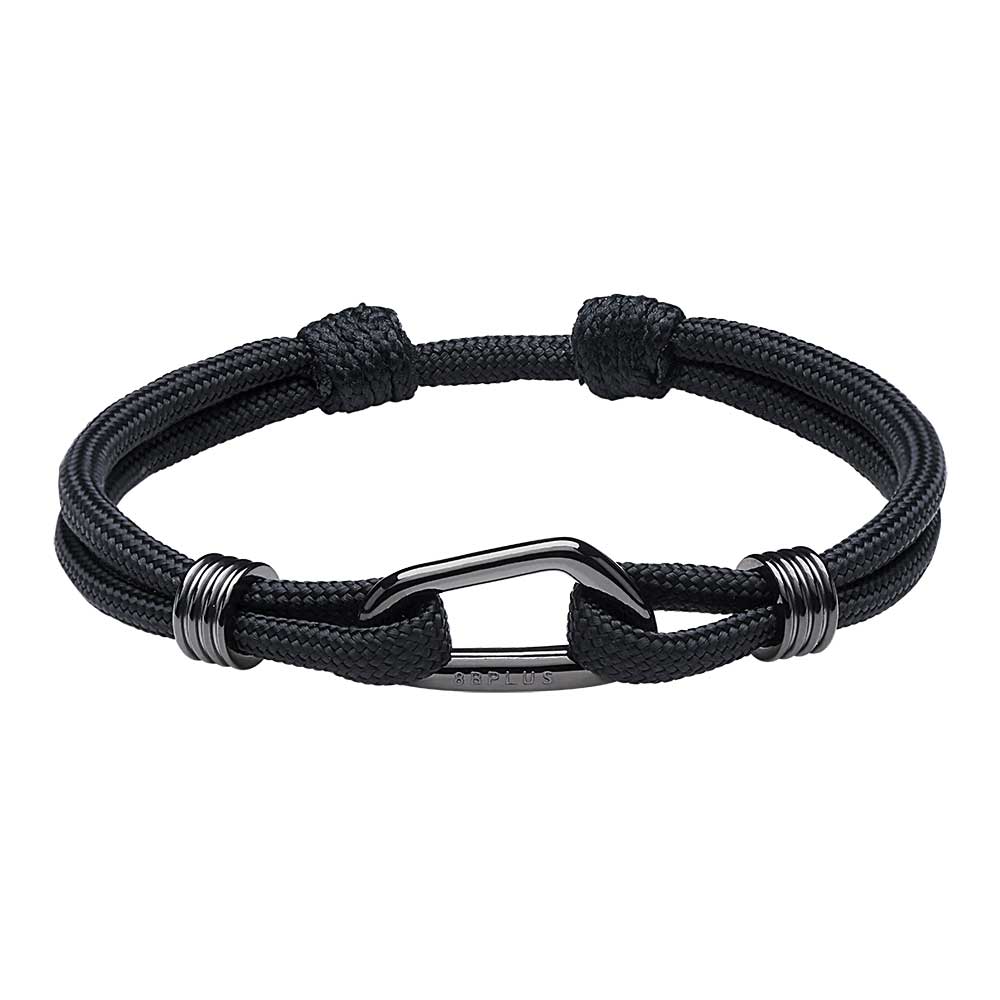
How to Stop the Fear of Falling
As an aspiring climber or climber-in-training, you have climbing goals you want to accomplish. Maybe the goal is completing your first V3, red-pointing a 5.10 on top-rope, or on-sighting 5.11 on lead. Either way, you want to push yourself. But deep down, you know something is holding you back, and it’s not your physical strength because you can bang out ten push-ups or five pull-ups with no problem. The gravity-defying nature of climbing makes the fear of falling the enemy.
But what if someone told you that even world-class climbers are sometimes afraid of falling or that they started with a horrible fear of heights? Well, it’s true. The fear of falling isn’t unique to you. No one likes to fall, it can make you feel out of control, and we live in a society that teaches us that falling equates to failing. So, what’s the key? How do some of the best climbers win Olympic Medals and Word Championships while afraid of falling? They have identified the difference between eliminating fear and overcoming fear. Removing fear is hard, and no matter how much you work on that fear, it may never entirely go away. On the other hand, overcoming a fear means learning to manage it–acknowledging it but persevering and remaining calm when your mind wants you to panic. In truth, we fall more than we succeed in climbing, so becoming as comfortable as possible falling will be a game changer!
Now, we know this is daunting. So, to make the process as simple as possible read through the How to Stop the Fear of Falling from Holding you Back guide and see where that lands you!
Guide: How to Stop the Fear of Falling from Holding you Back

Many mental techniques exist for overcoming fear, including breathwork, meditation, and visualization. However, the most effective strategy to overcome your fear of falling is to adopt an immersive approach, similar to the training approach of frequently climbing, to become a better climber.
The two principles of an immersive approach include:
- Putting yourself in a situation where you have to fall.
- Keeping the situation controlled at a level with which you are comfortable.
In summary, this means that you will intentionally fall, but you can do it in baby steps to feel as in control as possible.
To further help you out, overcoming falling has been broken down into two categories: falling on boulders and falling on ropes.
Falling on Boulders

When falling on boulders, fall close to the ground several times until it doesn’t feel as scary.
“Close” can be 6 inches off the ground or two feet off the ground – whatever makes you comfortable initially. It is best to practice this during your warm-up.
After some practice, slowly work your way up to higher heights and repeat the falling process several times (yes, this means intentionally letting go of the fall, no bailing on down climb holds).
Eventually, you will make it to the top of a boulder and feel comfortable jumping down from the top of the wall. However, you will not have to jump down from the top of every boulder. Downclimbing before falling to the mats is also acceptable; most climbers downclimb!
Another important point with falling on boulders is that knowing how to fall correctly will ease some nerves. The proper falling technique includes the following:
- Spotting the ground as you land (if possible)
- Bending your knees upon landing
- Rolling onto your back as you land with your knees bent
- DO NOT place your hands down next to you as you fall. If you don’t, there is an increased risk of hurting your wrists, elbows, or shoulders.
Though it may not feel like it, falling is a skill, and practice makes perfect!
Falling on Ropes

When overcoming the fear of falling on ropes, you must have a belay partner you trust. The nerves of learning to fall are enough without adding on the nerves of not trusting your belayer.
To begin, pick a climb that you are comfortable doing. Then, somewhere between a third or halfway up the wall, stop climbing and tell your partner that you will fall. Once your belayer acknowledges you, let go of the wall and take the fall. This first step will resemble “taking” while on the wall.
Once you are comfortable doing that, the next time you climb up, announce you are going to fall and ask your partner to put a little slack in the rope. Let go of the wall with a bit of slack in the rope so you fall further.
You can ask for a little more slack each time. However, your belayer should never feed out so much slack that there is a clear sag in the rope, nor should your figure-8 knot go below your knees.
Finally, stop announcing your falls to your belayer even when you will intentionally take a fall. Since the more you trust your belayer, the less scary falling on the rope becomes. Let go once and trust your belayer; the rope will catch you!
If you’re still scared to fall after trying these techniques, check and see if your gym offers a ‘how-to-fall clinic.’ Many commercial climbing gyms do, and the instructors who teach the course know what they are doing and how to help you out in the best ways possible! You can also look into taking a ‘how-to fall safely class. Many other sports emphasize learning to fall correctly as a part of training and may offer courses on the subject!
You’ve got this! Overcoming fear is hard, but little by little, the fear of falling will no longer hold you back from accomplishing your climbing goals! Let us know in the comments below if these tips or tricks helped you!


























